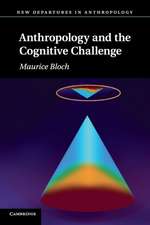Shamanism and the Drug Propaganda: The Birth of Patriarchy and the Drug War
Autor Dan Russellen Limba Engleză Paperback – 30 noi 1998
Preț: 136.99 lei
Nou
Puncte Express: 205
Preț estimativ în valută:
26.23€ • 27.31$ • 21.76£
26.23€ • 27.31$ • 21.76£
Carte disponibilă
Livrare economică 24 ianuarie-07 februarie
Preluare comenzi: 021 569.72.76
Specificații
ISBN-13: 9780965025317
ISBN-10: 0965025314
Pagini: 357
Dimensiuni: 152 x 228 x 24 mm
Greutate: 0.59 kg
Editura: KALYX.COM
ISBN-10: 0965025314
Pagini: 357
Dimensiuni: 152 x 228 x 24 mm
Greutate: 0.59 kg
Editura: KALYX.COM














